Are you tired of feeling achy, sore, and fatigued after a long day at your desk? You're not alone. Working long hours in an uncomfortable office chair can lead to a host of health issues, from back pain and neck strain to headaches and poor circulation. But there's good news - finding the right ergonomic office chair can dramatically improve your comfort, support, and overall well-being.
As an ergonomics expert at Logicfox, a company dedicated to creating healthy sitting solutions, I've helped countless people find their ideal chair and eliminate pain. We believe in the healing qualities of our furniture for the body, mind, and soul. In this comprehensive guide, I'll walk you through everything you need to know to choose the most comfortable office chair for your unique needs. Say goodbye to discomfort and hello to all-day support!
The Importance of a Quality Office Chair
If you're spending hours a day sitting at your desk, your office chair is one of the most important investments you can make in your health and productivity. A poorly designed or ill-fitting chair can lead to a host of problems, including:
- Lower back pain and sciatica
- Neck and shoulder tension
- Wrist and elbow strain from improper armrest positioning
- Headaches and eye strain from hunching forward
- Hip and leg pain from lack of support and circulation
On the other hand, a high-quality ergonomic chair like the Logicfox Ergonomic Chair Pro can provide numerous benefits, such as:
- Reduced risk of musculoskeletal disorders and injuries
- Improved posture and spinal alignment
- Enhanced comfort and focus throughout the day
- Increased blood flow and oxygenation to muscles and brain
- Higher overall morale, productivity, and job satisfaction
Investing in an ergonomic office chair isn't just good for your body - it's good for your bottom line. A study by the Washington State Department of Labor & Industries found that ergonomic interventions can reduce worker's compensation claims by up to 60% and increase productivity by up to 18%. That's a win-win for both employees and employers!
Key Features of a Comfortable Ergonomic Chair
So what exactly sets an ergonomic chair apart from a regular office chair? The key is adjustability. A truly ergonomic chair should adapt to fit your unique body size, shape, and sitting preferences, rather than forcing your body to conform to it.
Here are the essential adjustable features to look for:
-
Seat height: Look for a pneumatic adjustment lever that allows you to easily raise or lower the seat to align with your knees at a 90-degree angle, with feet flat on the floor.
-
Seat depth: The seat should slide forward or backward to accommodate different leg lengths. A waterfall edge can reduce pressure on the backs of your thighs.
-
Backrest height and tilt: An adjustable backrest should support the natural S-curve of your spine and tilt backward slightly to reduce pressure on your lower back. Look for a backrest that's at least 12-19 inches wide.
-
Lumbar support: An adjustable lumbar cushion or mechanism can help maintain the inward curve of your lower back, preventing slouching and compression. The Logicfox Lumbar Support Pillow is a great option if your chair lacks built-in support.
-
Armrest height and width: Adjustable armrests should allow your shoulders to relax and elbows to rest comfortably at a 90-degree angle, without hunching or reaching. They should also be wide enough to support your forearms without restricting movement.
-
Headrest: If you suffer from neck pain or frequently lean back in your chair, an adjustable headrest can provide additional support and help keep your head in alignment with your spine.
In addition to adjustability, a comfortable office chair should have quality cushioning and breathable upholstery to keep you cool and supported throughout the day. Look for high-density foam or memory foam padding, and a mesh back or perforated leather that allows for airflow.
Finally, a sturdy, five-point base with smooth-rolling casters is essential for stability and ease of movement. Avoid chairs with small, cheap plastic bases that may crack or tip over with prolonged use.
Ergonomic Chair Styles to Consider
Now that you know what features to look for, let's explore some of the most popular ergonomic chair styles and their unique benefits:
Task Chairs
Compact and mobile, task chairs like the Logicfox Ergonomic Task Chair are ideal for shorter sitting sessions or shared workspaces. They typically have a lower backrest and fewer adjustments than full-sized ergonomic chairs, but still offer basic lumbar support and seat height adjustment.
Mid-Back Chairs
With a backrest that extends to the upper back, mid-back chairs provide more support and adjustability than task chairs, making them suitable for longer sitting periods. They often have additional features like seat depth adjustment and tilt tension control.
Executive Chairs
Fully-featured with a high backrest and headrest, executive chairs are designed for all-day comfort and support. They typically have the most adjustments, including lumbar support, armrest width, and synchro-tilt mechanisms that allow the seat and backrest to move together.
Active Sitting Chairs
For those who prefer a more dynamic sitting experience, active chairs like stools and saddle seats can engage your core muscles and promote better posture. They encourage you to sit up straight and move around more throughout the day, which can boost circulation and focus.
Gaming Chairs
With their deep bucket seats, high backs, and ample cushioning, gaming chairs are designed for long hours of comfortable play. They often have features like built-in lumbar support, adjustable armrests, and recline mechanisms that allow for relaxed positions.
How to Choose the Right Ergonomic Chair for You
With so many options available, how do you choose the best ergonomic chair for your specific needs? Here are some key factors to consider:
Body Type and Size
Look for a chair that's rated for your height and weight range, with a seat pan that's wide and deep enough to support your hips and thighs comfortably. If you're taller than average, opt for a chair with a higher backrest and longer seat depth. If you're petite, look for a chair with a smaller seat and lower height range.
Sitting Habits and Preferences
Do you tend to sit upright or recline throughout the day? Do you prefer a firmer or softer seat cushion? Consider your typical sitting posture and habits when choosing a chair. If you like to lean back, opt for a chair with a synchro-tilt mechanism and adjustable tension. If you have lower back pain, prioritize lumbar support and adjustable seat depth.
Adjustability Needs
Think about which adjustable features are most important for your comfort and support. If you have neck pain, a headrest may be a priority. If you frequently adjust your armrests, look for a chair with easy-to-use levers or buttons. Don't pay extra for features you won't use, but don't skimp on essential adjustments either.
Brand Reputation and Warranty
Stick with reputable ergonomic chair brands like Logicfox, Herman Miller, and Steelcase, which have a proven track record of quality and durability. Look for chairs with at least a 5-year warranty on parts and mechanisms, and a 30-day or longer return policy in case the chair doesn't work out.
Tips for Testing and Adjusting Your Ergonomic Chair
Even with careful research and consideration, the best way to find a truly comfortable office chair is to try it out in person. Here are some tips for testing chairs and getting the most out of your purchase:
-
Visit an office furniture showroom or retailer that has floor models available for testing. Sit in each chair for at least 15-20 minutes, adjusting all the features and settings to your liking.
-
Pay attention to any pressure points, pinching, or areas that lack support. A comfortable chair should feel supportive and cushioned, without any hard spots or edges digging into your body.
-
Test the chair in both upright and reclined positions, and while performing typical tasks like typing or reading. Make sure the armrests and backrest adjust to accommodate your posture changes.
-
If possible, take home your top contenders for a multi-day trial period. Many high-end ergonomic chair retailers like Logicfox offer 30-day or longer trials, so you can test the chair in your actual work environment. Be sure to review the return policy before purchasing.
-
Once you've found your perfect chair, take the time to fine-tune all the adjustments to your body. Refer to the manufacturer's instructions or consult with an ergonomist for guidance. After using the chair for a week or two, reassess your settings and make any necessary tweaks.
-
To optimize your sitting posture and comfort, consider investing in complementary ergonomic equipment like a height-adjustable desk, monitor arm, or footrest. Proper keyboard and mouse positioning can also help reduce strain on your wrists and shoulders.
-
Remember, even with the best ergonomic chair, prolonged sitting can still be detrimental to your health. Make a point to stand up, stretch, and move around for a few minutes every hour to promote circulation and reduce muscle tension. Consider setting a reminder or using a standing desk to alternate between sitting and standing throughout the day.
Conclusion
Investing in a high-quality, adjustable ergonomic office chair is one of the best things you can do for your health and well-being if you spend long hours sitting at a desk. By prioritizing key features like adjustability, lumbar support, and cushioning, you can find a chair that adapts to your unique body and sitting habits, providing all-day comfort and support.
When shopping for an ergonomic chair, take the time to research different styles and brands, and try out chairs in person if possible. Look for reputable manufacturers with strong warranties and return policies, and don't be afraid to spend a bit more for a chair that will last for years.
Once you've found your ideal chair, make sure to adjust it properly and re-evaluate your settings regularly. Pair it with other ergonomic office equipment and take frequent movement breaks to further reduce strain and fatigue.
With the right ergonomic office chair and setup, you can work long hours in comfort, without sacrificing your health or productivity. Use this guide as a starting point to find your perfect sitting solution, and say goodbye to aches and pains for good! And remember, Logicfox is here to help with a wide range of ergonomic chairs and other office furniture designed to support your body and mind. Let us help you create a healthier, happier workspace today!


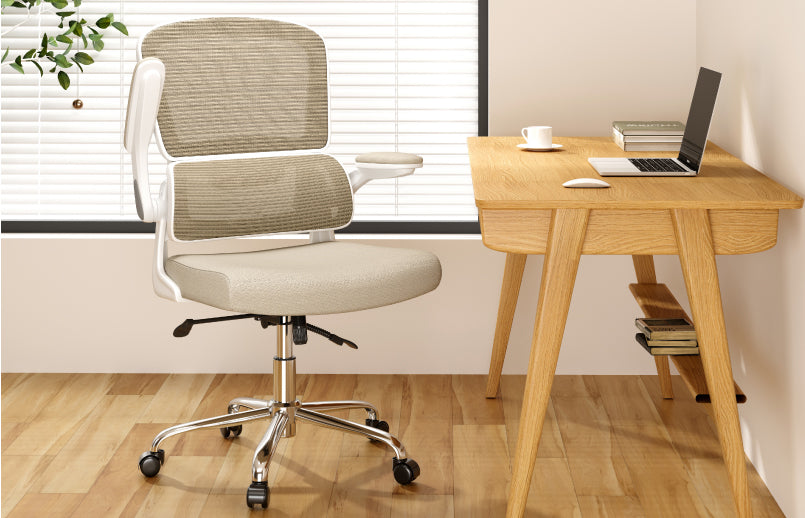
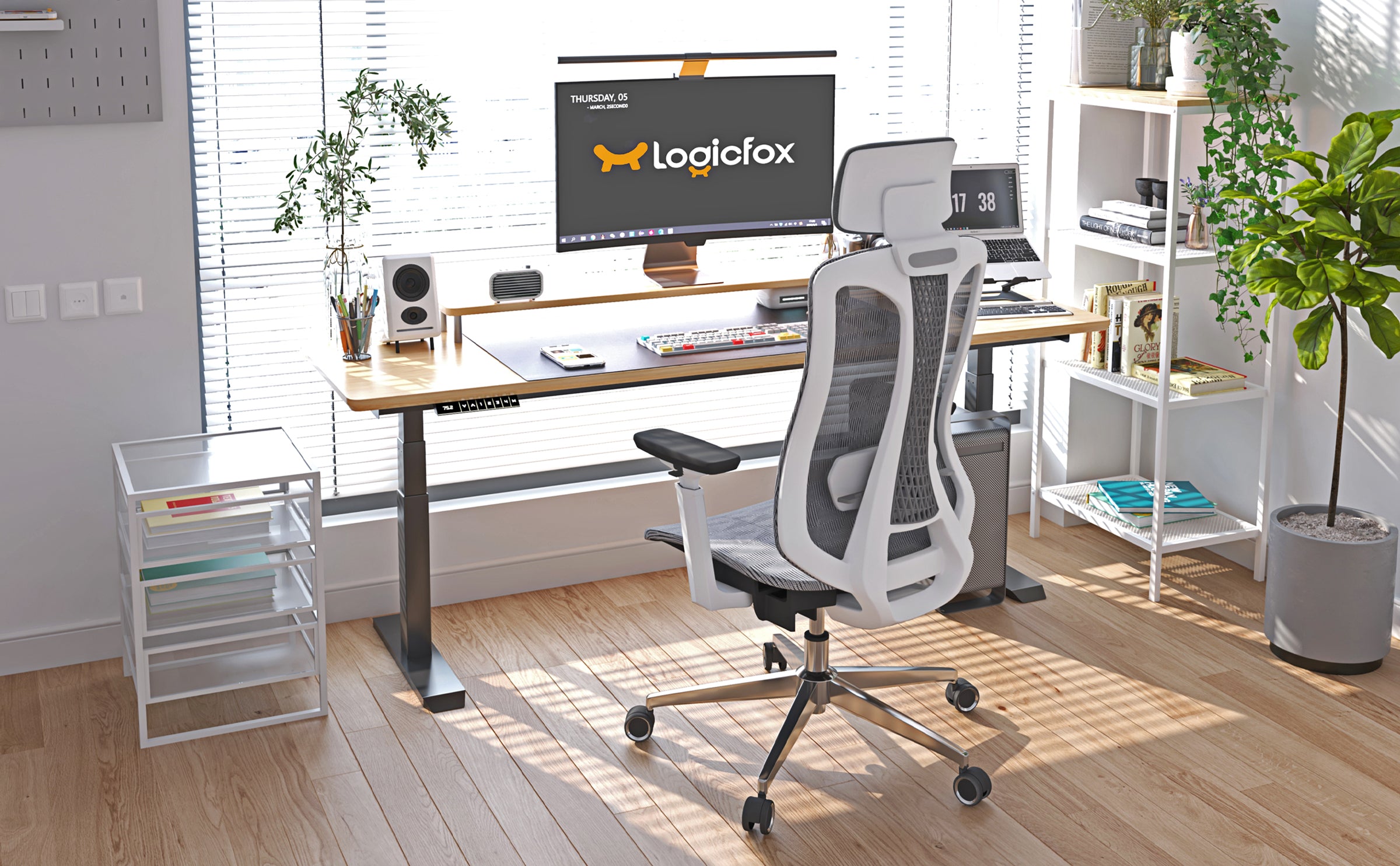
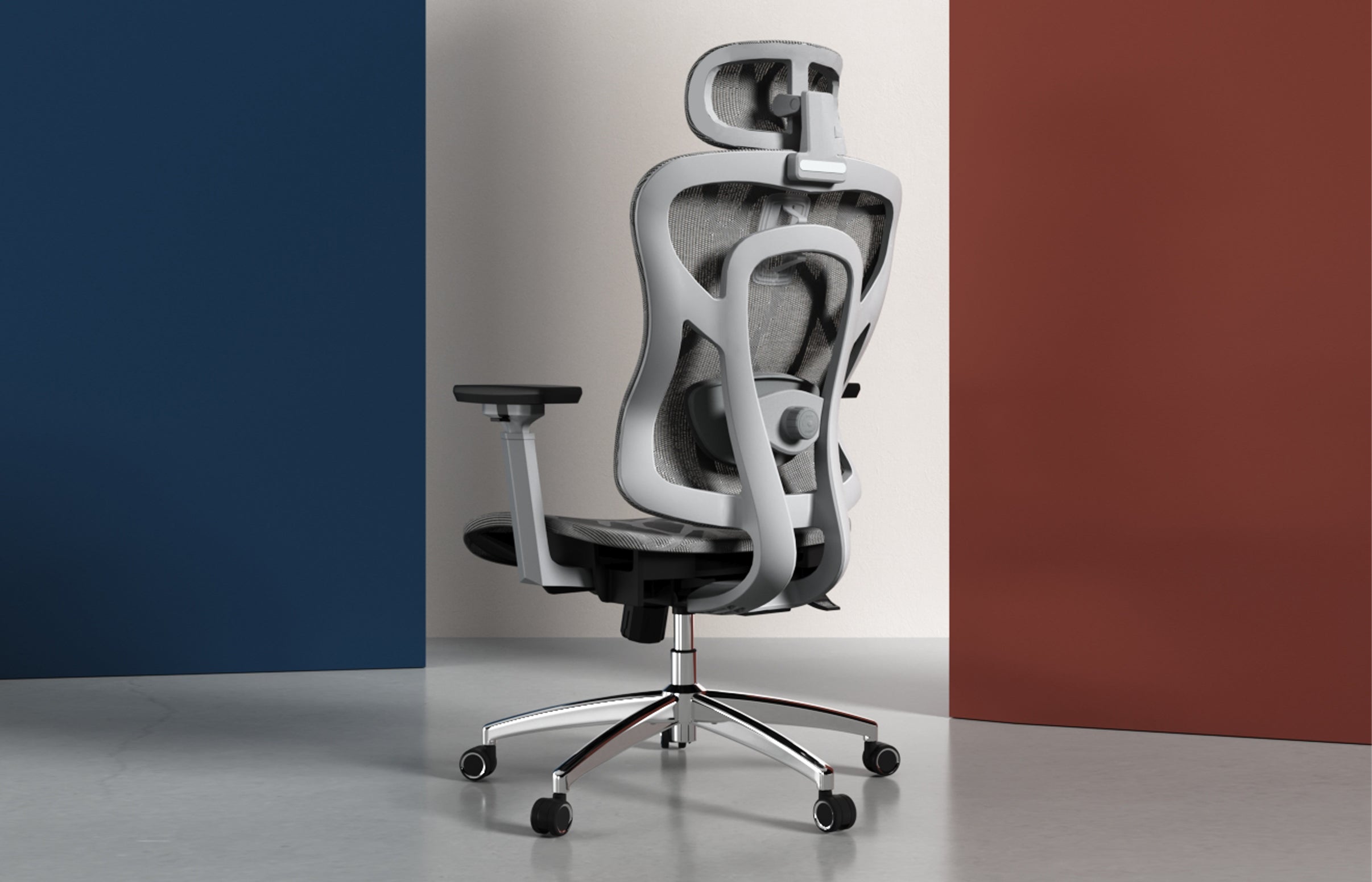
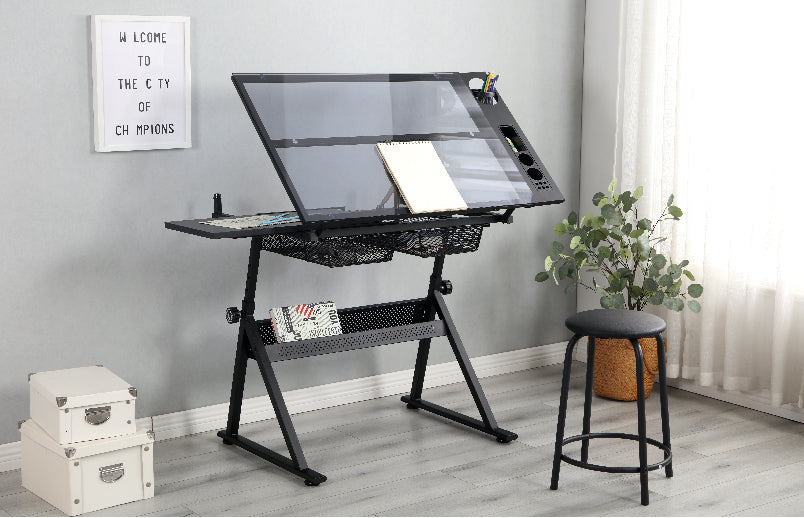
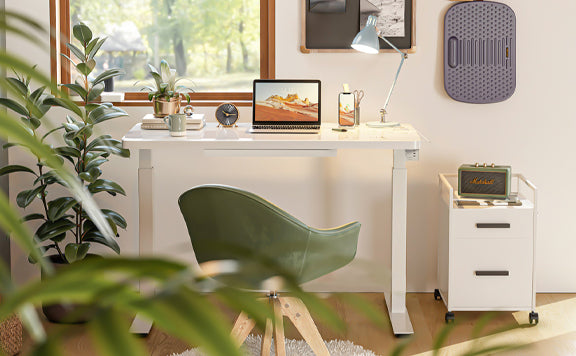
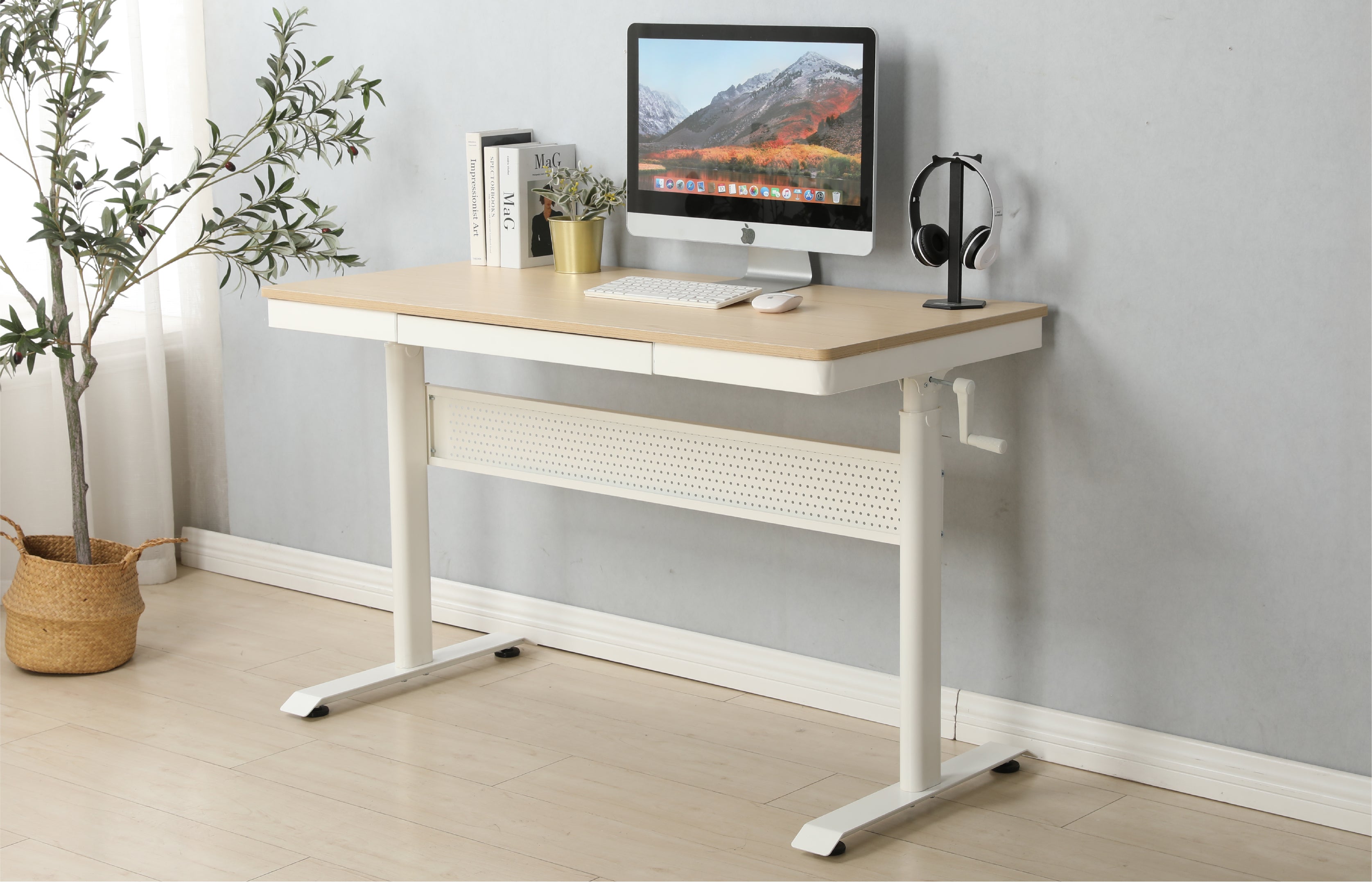
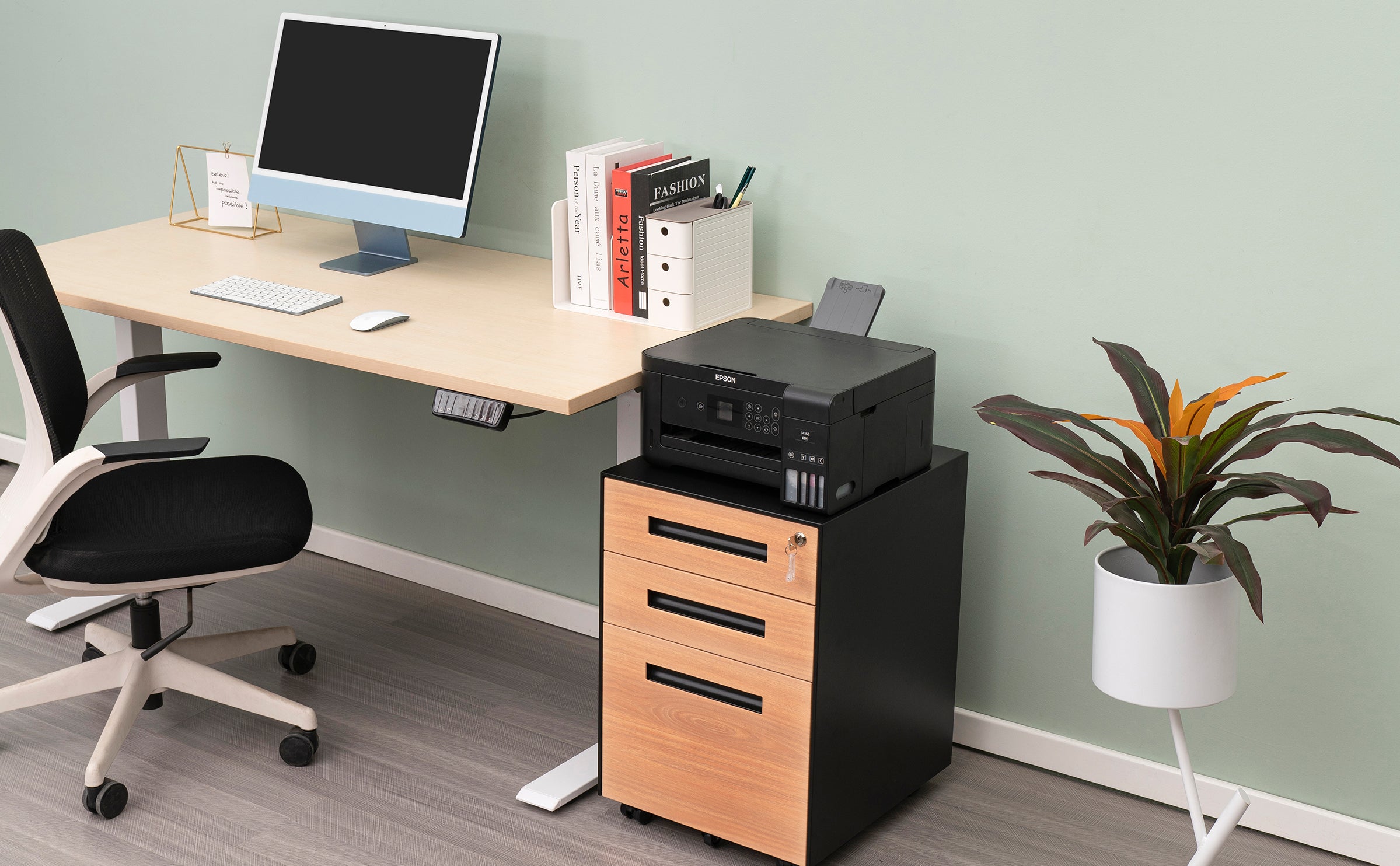







 United States
United States